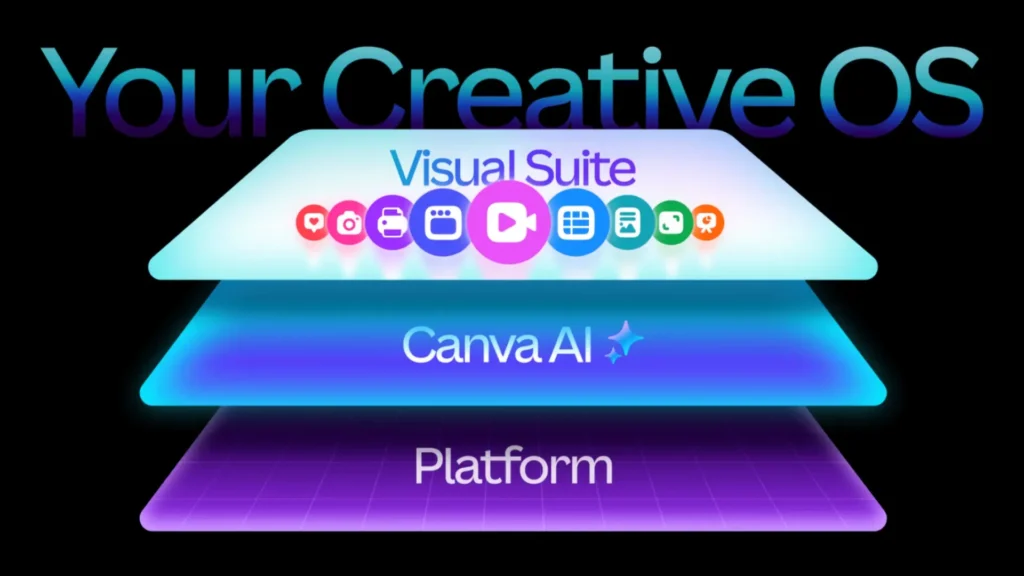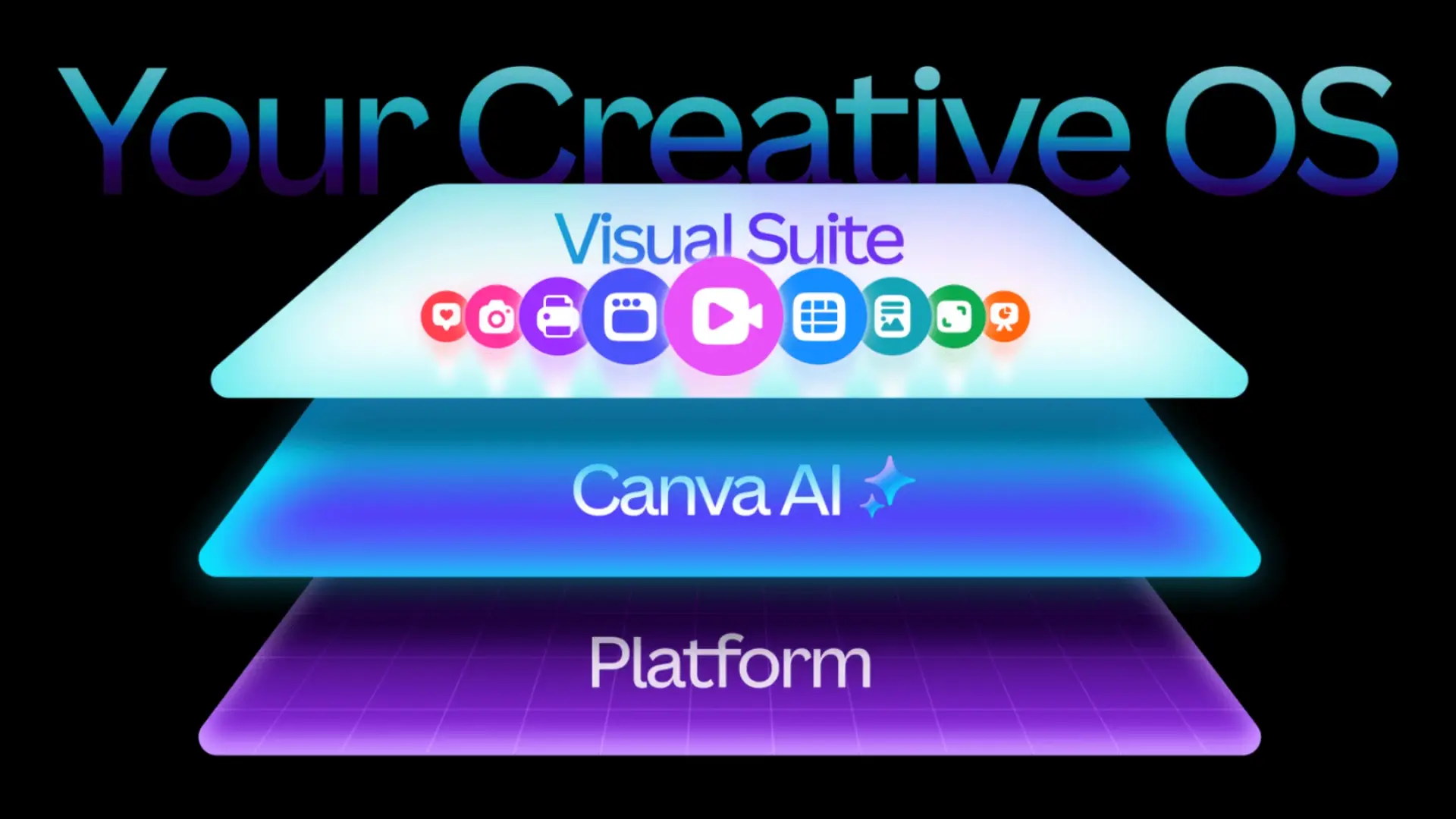Canva has unveiled its Creative Operating System, marking the design platform’s most significant update to date. Launched on October 30, 2025, the new system brings together an expanded Visual Suite, proprietary AI tools, and solutions that target business and brand growth.
At the core of this launch is a redesigned Visual Suite, highlighted by Video 2.0 a streamlined editor offering advanced timeline features and the ability to leverage “Magic Video” automation. This enables creators to swiftly edit and publish professional-grade content, using watermark-free templates suited for platforms like TikTok and Instagram Reels.
The product suite expands with Canva Forms, empowering users to drag, drop, and customize data collection forms, which directly integrate with Canva Sheets and Canva Code. This ecosystem allows for instant data visualization, analytics, and the ability to turn interactive code projects into live websites without leaving Canva’s environment.
A major breakthrough comes with Canva’s proprietary Design Model a world-first AI trained on design principles like structure, hierarchy, and branding. Unlike off-the-shelf image generators, this model produces fully editable, context-aware designs and integrates across external platforms including ChatGPT and Claude. New design tools offer automated style matching, instant background generation, and the ability to generate complex elements such as 3D visuals and code.
For enterprise and marketing teams, the Creative Operating System introduces Canva Grow, an integrated marketing engine. Teams can create, publish, and analyze ad campaigns directly from Canva, leveraging on-brand templates and receiving AI-driven performance insights. The enhanced Brand Kit helps organizations maintain design consistency at scale, offering in-editor guidance on logos, tone, and colors.
Canva has also integrated the newly-refined Affinity suite for professional photo, vector, and layout editing, now free for all users. This update signals a broader push by Canva to democratize advanced creative and marketing technology, with the company positioning its OS as the start of the “Imagination Era” a future where technology amplifies creativity
Also Read: Center for AI Safety study reveals AI struggles with complex remote work, completing Less than 3%










